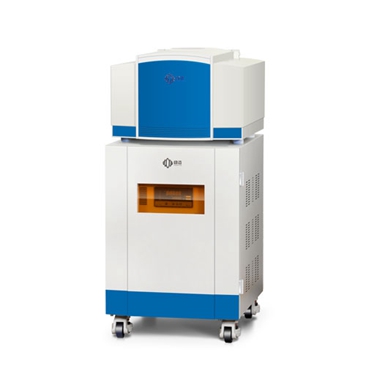La carne de res es rica en nutrientes y perecedera.. Es una carne común en las dietas diarias de todo el mundo.. La baja temperatura puede inhibir el crecimiento de microorganismos y las actividades enzimáticas en la carne., pero la carne refrigerada inevitablemente se deteriorará durante la fabricación., procesos de transporte y almacenamiento, lo que resulta en una mala calidad de la carne, como el gusto, decoloración y otros cambios físicos y químicos. Por lo tanto, es necesario evaluar cambios en la calidad de la carne vacuna durante el almacenamiento en frío.
Los métodos físicos y químicos tradicionales son susceptibles a factores subjetivos y ambientales y tienen poca repetibilidad.. Como método de detección rápido y no destructivo, analizador LF-RMN Ha sido ampliamente utilizado para estudiar el estado y la distribución de la humedad en los alimentos..
Los parámetros de relajación LF-NMR combinados con métodos quimiométricos han logrado con éxito la predicción del contenido de humedad., gordo, y parámetros de calidad en muestras de carne fresca. Sin embargo, Existen pocos estudios sobre el cambio y distribución del estado de humedad de la carne vacuna durante el almacenamiento en frío y la relación con otros indicadores de calidad..
En el proceso de refrigeración de carne de vacuno., el tiempo de relajación lateral y el área máxima del agua de difícil flujo se redujeron significativamente. El cambio de microestructura provocado por el deterioro puede ser la principal razón de la disminución de la movilidad del agua., Contenido de agua y capacidad de retención de agua.. Los resultados del análisis PLSR muestran que existe una fuerte correlación entre los datos de relajación del CPMG y los indicadores de calidad tradicionales como el pH., TVB-N, y TBARS. Los resultados del análisis de componentes principales muestran que el analizador LF-NMR puede identificar muestras de carne con diferentes tiempos de almacenamiento.
Los resultados muestran que el analizador LF-NMR, como método de detección rápido y no destructivo, puede reemplazar los métodos físicos y químicos tradicionales para evaluar la calidad de la carne de res..

 mohoso
mohoso